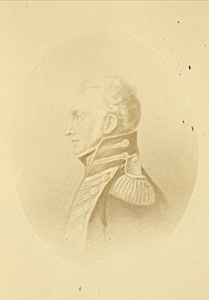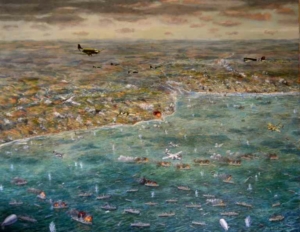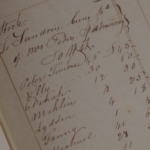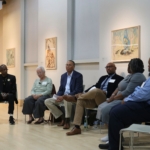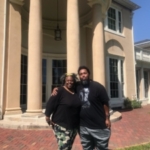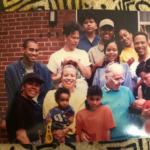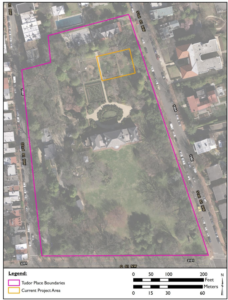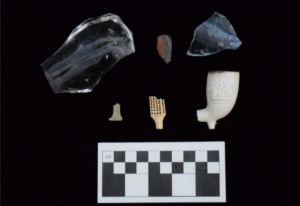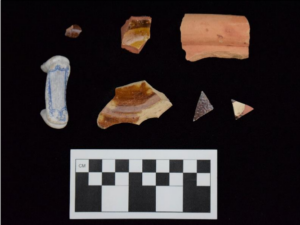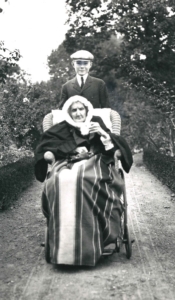Unique DMV Architecture: Then and Now
by Realty Group Local Blog
Word on the Streets by RE/MAX Realty Group
April 4, 2025
The DMV region encompasses the District of Columbia, Maryland, and Virginia. The architecture of this area has significant historical implications, as well as modern-day significance. Over the decades, this area has seen a unique blend of historic and modern-day architectural styles, creating a one-of-a-kind blend that many people travel from all around the world to view. From neoclassical monuments to cutting-edge sustainable contemporary developments, the region’s rich architectural landscape tells a fascinating story of change, preservation, and what’s to come in the future.
Fascinatingly, historical buildings can be transformed over time to keep up with a region’s ever-changing character. The DMV region boasts some of the best preserved examples of Colonial and Federal architecture in the United States. These styles were especially prevalent in the 18th and early 19th centuries and placed emphasis on symmetry, classical proportions and elegance with a side of practicality. Not only do these preserved buildings provide the foundation for the timeless architectural styles found throughout the region, they’re a testament to the birth of the landscape of a nation as we know it.
The Significance of the DMV Region’s Architecture Styles
The rich, complex, and fascinating history of the DMV region has significantly shaped the area’s architectural landscape. From early colonial settlements to modern urban developments, the region has buildings that reflect cultural, political, and economic evolutions over the course of several centuries. The Maryland and Virginia regions were among the first of the English colonies, with Jamestown settling in Virginia in 1607 and St. Mary’s City being established in Maryland in 1634. Architecture at the time could be best defined as Georgian style with brick construction and classical proportions, as well as Plantation Houses and colonial churches with utilitarian designs.
The Federal Period followed from the 1780s through the 1820s when Washington DC was established as the nation’s capital in July of 1790 per The Residence Act. At this time, the DMV became a hub for government institutions and political power — which it remains as to this day. During this period, architectural designs could be defined by the Federal Style and Neoclassical monuments signified by grand columns and domes.
Historical Landmarks Across the DMV
George Washington’s Mount Vernon in Virginia is a plantation home that exemplified Colonial architecture, with striking symmetrical design, a gabled roof and wood-frame construction. The home was built in phases in the mid 1700s and to this day remains a testament to the styles of the time and the reflection of the life of one of America’s founding fathers.
The White House is arguably the most popular historical landmark in the DMV region, having been constructed over the course of eight years, starting in 1792 and finishing in 1800. The landmark is a prime example of Neoclassical architecture, more specifically influenced by the Palladian style. This style drew inspiration from ancient Greece and Rome, with a centralized dome-like structure, grand columns, and balanced proportions.
Tudor Place in DC was finished in 1816 as the home of Thomas and Martha Peter, Martha Washington’s granddaughter. Tudor Place embodied the Federal style with its elegant portico and well-balanced facade. The domed, marble-floored Temple Portico is the most striking architectural feature. Unlike the more common half-round porches attached to exterior walls of many early 19th-century houses, this circular structure extends into the house itself, with floor-to-ceiling windows serving as a transition between interior and exterior spaces. It is the only known full temple portico embedded into a USA residence standing today. The refined detail of the home exhibits the small details and the influence of classical ideals in early American architecture and it stands as a historical testament to the time even today. Throughout the 1800s, the property boasts a beautiful view of the Potomac River. Today, it is obscured by modern day urbanization of the neighborhood and tree canopy.
Read the full article on the Realty Group Local Blog site here

